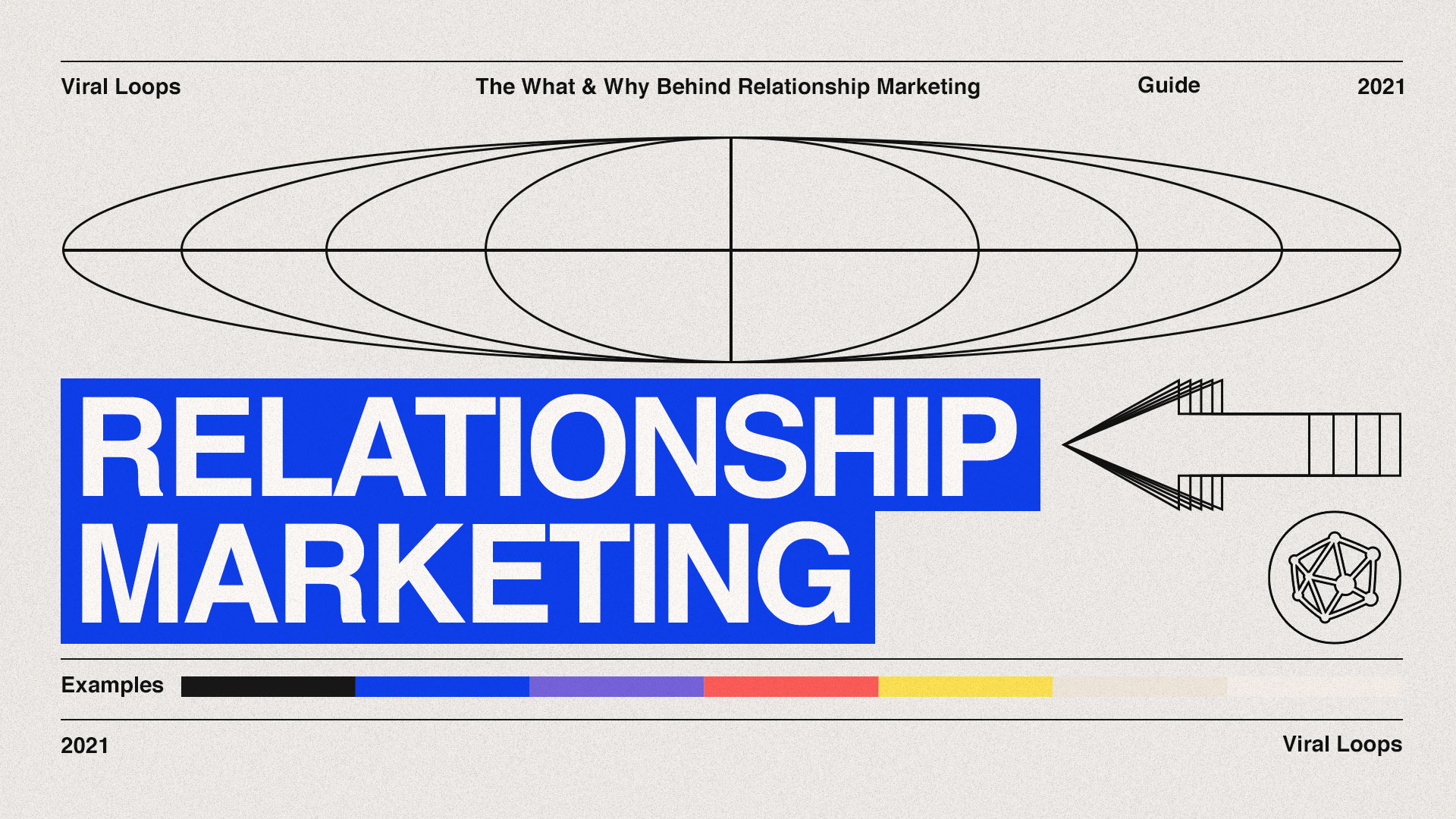If you’re reading this, then chances are that you’re interested in getting started with relationship marketing and you might be looking to establish long-term customer relationships as well as avoid customer churn.
You’re in the right place because, in this post, we’re going to talk all about effective relationship marketing.
More specifically, here are some of the topics we’re going to cover:
- What relationship marketing is
- What the different types of relationship marketing are
- Why relationship marketing is important
Plus, we’re going to share some very interesting examples of well-known companies that focus on creating emotional connections with their customer base and are killing it.
Last but not least, towards the end of this post, we’re giving away one of our ebooks which you can download and use if you want to get started with efficient relationship marketing strategies.
We’ve got quite a lot to cover so let’s jump right into it.
Table of Contents
What is Relationship Marketing?
What Are the Types of Relationship Marketing?
Why is Relationship Marketing Important?
4 Relationship Marketing Examples to Inspire You
A Simple Way to Improve Customer Loyalty and Reduce Customer Churn
What is Relationship Marketing?
Relationship marketing is a type of marketing that focuses specifically on building customer loyalty, long-term customer engagement as well as minimizing customer churn.
Additionally, relationship marketing is a form of marketing that aims at creating strong connections between a brand and its customers, which can consequently lead to all sorts of great things, including:
- Word of mouth promotion
- Generating leads based on referrals
We’d summarize the essence of relationship marketing by simply saying that relationship marketing is the process of taking extra care of the relationships you’re creating with your customers.
Additionally, relationship marketing is much more thoughtful and targeted as opposed to transactional marketing – which is a type of traditional marketing – that almost entirely focuses on convincing customers to trust the brand for one time only.
Repeat customers are far more likely to talk positively about your brand to their friends and family rather than getting ten clients to make a one-off purchase.
More on that a little further down this post.
As a general rule, I bet most companies out there would prefer customer retention and having long-term relationships with their loyal customers than offering their services to a bunch of new customers.
That’s not to say that companies shouldn’t take care of the customer experience of a new client, we’re simply talking about directing your marketing efforts towards a sustainable model of keeping your current customers happy and building strong relationships with them.
Analyzing the different types of relationship marketing will definitely help you understand this form of marketing better.
Let’s get into it.
What Are the Types of Relationship Marketing?
As promised, in this part of our post, we’re going to talk about the different types of relationship marketing.
We reckon that knowing the types will allow you to start thinking about the ones that will better fit within your company’s marketing plan.
Here’s the first type.
Type #1: Email marketing
The first type of relationship marketing we want to share with you is email marketing.
When it comes to email marketing, we find the following definition to be very useful:

Image Source: The Balance Small Business
As you can see from the definition above, email marketing is the process of using email as a channel of communication with your clients as well as a way of promoting your products and services.
The reason why we particularly like this specific definition is that it covers the use of email as a way of establishing relationships with potential customers.
Therefore, we understand that email marketing, when done right, is a powerful form of communication with your customers that can subsequently lead to the creation of a long-term relationship of trust and support.
In one sentence, email marketing boosts relationship building through connecting a brand with its customers.
In fact, 80% of business professionals state that email marketing is the number one online activity in terms of customer retention.
Have a look:
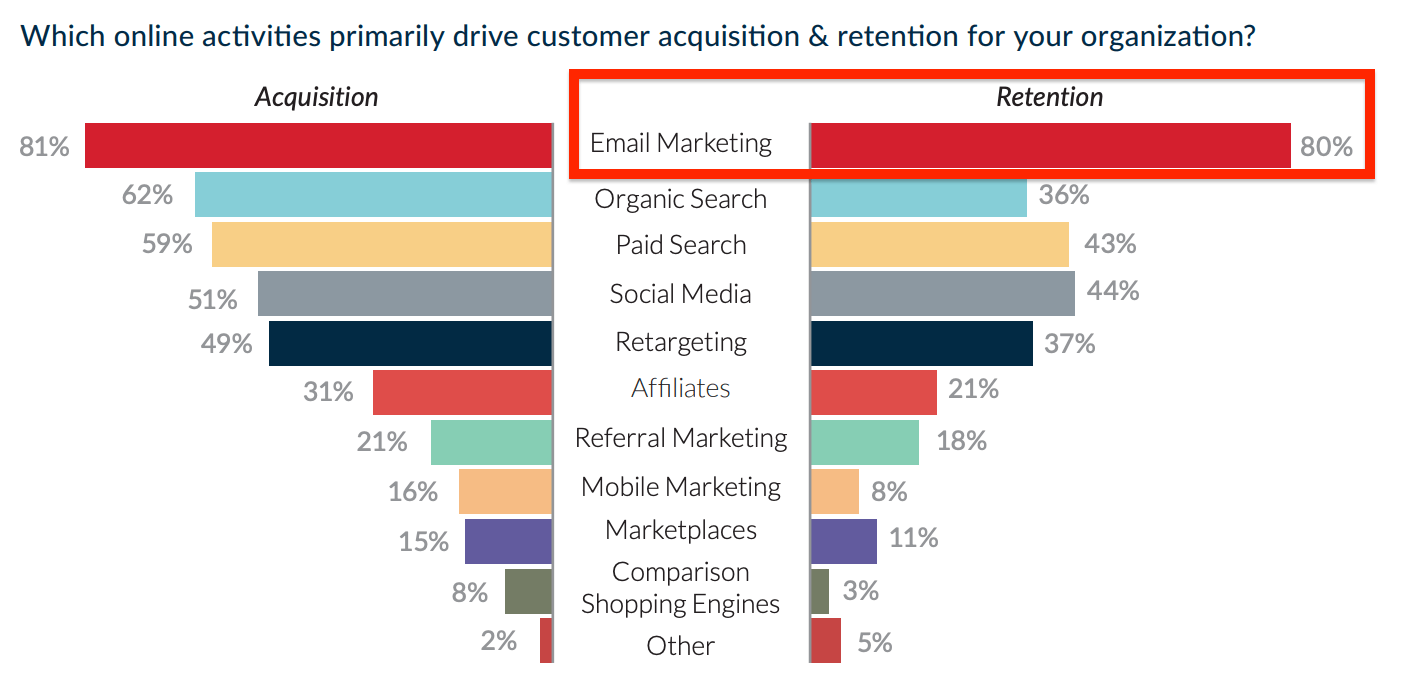
Image Source: Emarsys
Similarly, according to another piece of research, 31% of B2B marketers believe that an email newsletter is the best way to nurture leads, which basically shows us just how important email marketing can be in terms of building relationships with people and making them trust your business.
Let’s get to the second type.
Type #2: Social media campaigns
The second type of relationship marketing we need to talk about is social media campaigns.
If you’re already investing time and resources in creating partnerships with influencers and generally trying to boost your social media presence, then you’re probably aware of the benefits that social media campaigns come with.
Before we get into how social media campaigns work in terms of bringing you closer to your clients and helping you build strong relationships with them, let’s first try to understand what social media marketing is.
Similar to email marketing, social media marketing is the use of social media as a channel of communication with your customers and the promotion of your products and services.
If we focus on the first part of our previous sentence, we see that social media is basically a range of platforms that allow us to communicate with our customers, thus increasing our chances of keeping them happy, loyal, and engaged for a long period of time.
According to Buffer, a total of 73% of marketers believe that their social media marketing moves have been somewhat effective or very effective for their business:
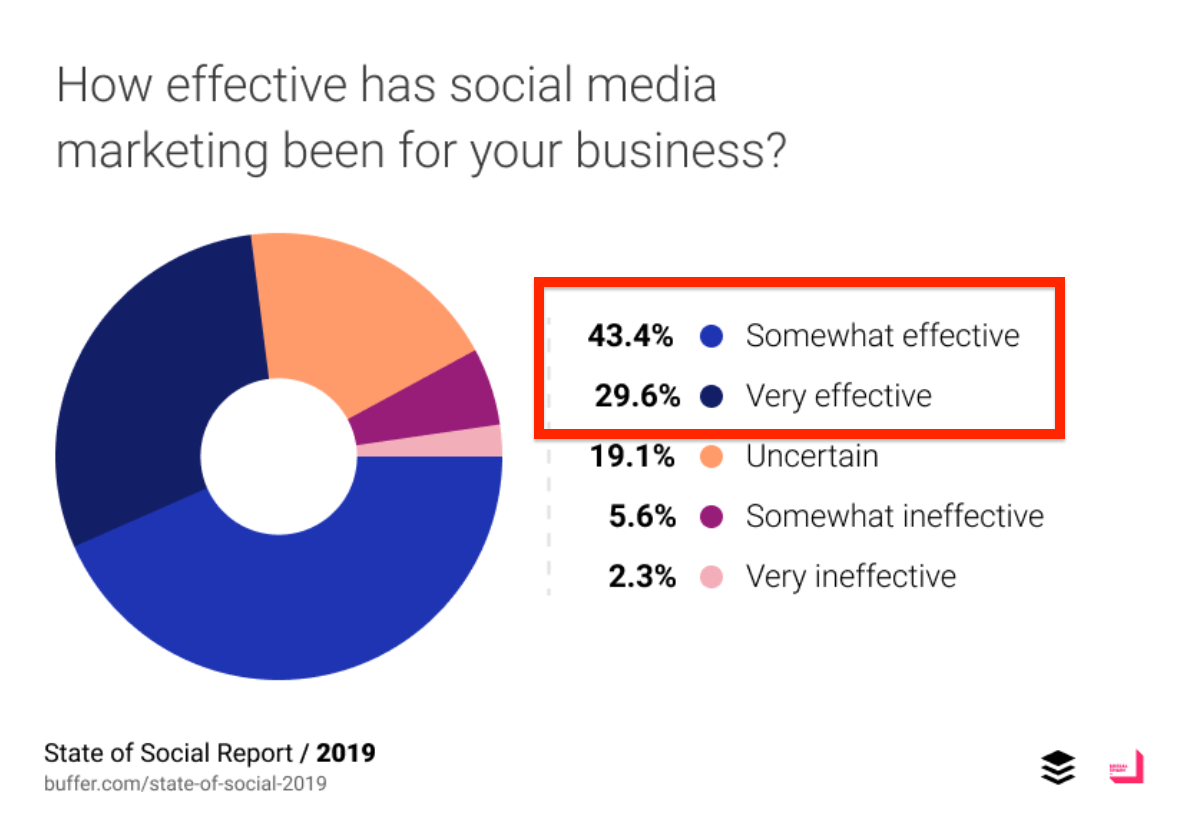
Image Source: Buffer
Additionally, with 90% of Instagram users following a business or brand, we understand that users are generally very interested in connecting with brands they love on social media.
Subsequently, social media campaigns that focus on relationship building through creating engaging and valuable content for your audience on social media, can basically boost your relationship marketing efforts.
As simple as that!
Type #3: Loyalty and referral programs
The third type of relationship marketing is one that we couldn’t possibly miss mentioning – for obvious reasons!
Enter… loyalty and referral programs.
Both types of programs are a great way of giving back to your customers and showing them how much you appreciate their support for your business in a very real way.
The reason why we’ve put these rewards programs together as one type of relationship marketing is that both of them influence customers by rewarding them.
There’s no doubt that businesses need the right target audience and its loyalty to grow and create long-term relationships that’ll reinforce customer interactions and lead to business success.
Moreover, a way of reinforcing brand loyalty is through a well-structured referral program for your ecommerce or other types of business; one that’ll allow users to invite their friends and family to try a product or service, in exchange for a reward that’ll clearly show them how much you appreciate the fact that they passed your message on to other people.
Author’s Note: If you can’t wait for this post to end and start exploring the power of referrals, add a personal touch to your marketing mix and give users the opportunity to refer a friend by trying out for free our all-time classic referral program.
Also we’re excited to share that we’ve just added our best feature yet!
With Viral Loops Rewards, your account is now fully equipped to connect and send actual rewards. Through integrations with Stripe and Tremendous, sending out gifts is now a seamless process. This makes the process for creating your next referral campaign a breeze!
Therefore, we understand that, for a business owner to be able to do repeat business with their clients and enjoy the benefits of relationship marketing, they need to invest in turning their clients into brand advocates – and trust me, there’s no better way to do so than customer loyalty programs and referrals that increase customer retention rates.
On that note, research proves that 84% of consumers surveyed trust recommendations from people they know – AKA referrals – as the best form of advertising.
What’s also great about referral programs is that they help attract new customers that are probably like-minded with your existing ones, thus helping you significantly reduce your customer acquisition costs.
All these great benefits happen while you’re also building strong, successful relationships with your customers that’ll happily do some word-of-mouth promotion for your new product.
For more useful info, make sure to check out our Youtube video on Referral Rewards!👇
Author’s Tip: We need to mention that having a customer relationship management (CRM) tool in place can help you streamline the process of administering your interactions with your customers, analyzing customer data, and managing communications with them.
We’re now done discussing the different types of relationship marketing and we’re ready to jump into several reasons why a relationship marketing approach is important for your business.
Why is Relationship Marketing Important?
Relationship marketing is important for several reasons since it focuses on creating relationships with customers and achieving customer satisfaction, two points that are extremely important in all businesses.
We’ve pretty much already touched upon the several reasons why a customer relationship marketing strategy might be beneficial to your business.
However, in this section of our post, we thought we’d summarize the main benefits relationship marketing can bring to a business when done right.
Here we go:
- Achieve growth by keeping your customers loyal
- Increase the customer lifetime value
- Reduce marketing and advertising spend
- Create an optimized customer journey
To put it simply, when using relationship marketing, companies can reinforce customer loyalty and create a steady customer base that’s more likely to keep doing business with the brand.
As a result, companies get a higher customer lifetime value, an important business metric that basically counts the total worth of a customer to a brand from the beginning until the end of their relationship.
The customer lifetime value measures how valuable an existing customer is across the whole relationship they’ve built with a company instead of measuring their value on a purchase-to-purchase basis.
We can see that relationship marketing moves that focus on getting higher customer lifetime value, which is more sustainable and profitable for a business.
Additionally, since the main attribute of relationship marketing is to strengthen customer loyalty and achieve repeat business, it can also lead to reduced spend in terms of marketing campaigns, marketing programs, and advertising.
In fact, repeat customers are generally much more valuable than new ones since they tend to retain a greater loyalty to the companies they trust.
Have a look at this graphic that shows how much more profitable repeat customers are compared to new ones:
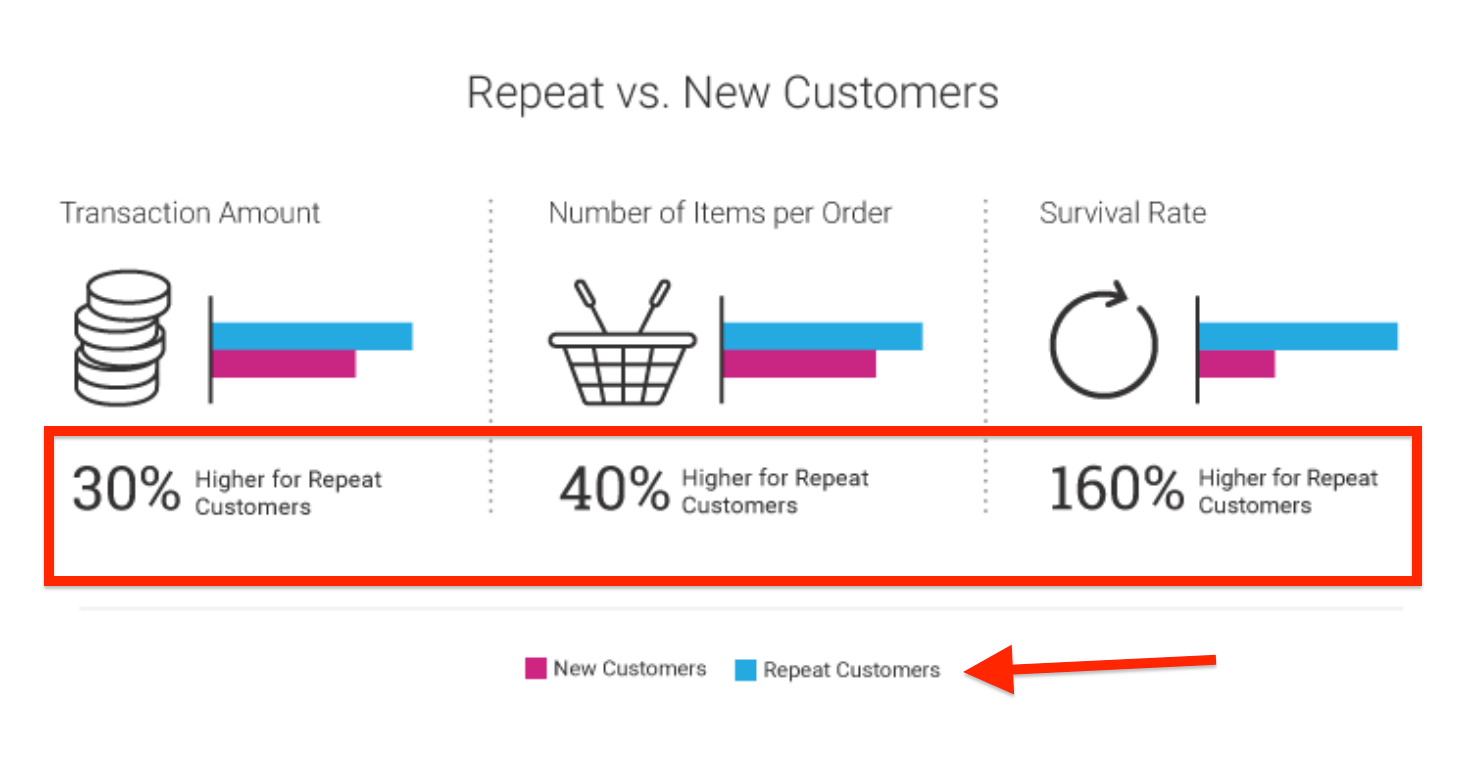
Image Source: Optimove
Last but not least, since relationship marketing brings a company closer to its clients, it also helps make sure that a company will get customer feedback in a direct way and will generally be more likely to understand any points throughout the customer journey that need to be enhanced.
Consequently, it helps companies create an optimized customer journey that helps keep customers for a longer time.
Keep reading to find out more about how well-known companies are using relationship marketing.
4 Relationship Marketing Examples to Inspire You
I bet that after all these great things you’ve read about relationship marketing, you can’t wait to see how these popular companies are using relationship marketing to expand their reach and establish themselves in their industries.
Here’s the first example we have for you.
Example #1: Patagonia
Patagonia is the first example in our list of four inspiring relationship marketing examples.
Patagonia’s strategy is to drive loyalty and connect with their customers by highlighting their environmental ethos when interacting with their like-minded customers.
The company was founded in the 1970s and has generally shown a strong commitment to creating sustainable garments that’ll last while also making sure to educate their target audience in terms of the environmental issues of their clothing.
The key point of Patagonia’s relationship marketing strategy can be found in a campaign they ran back in 2011.
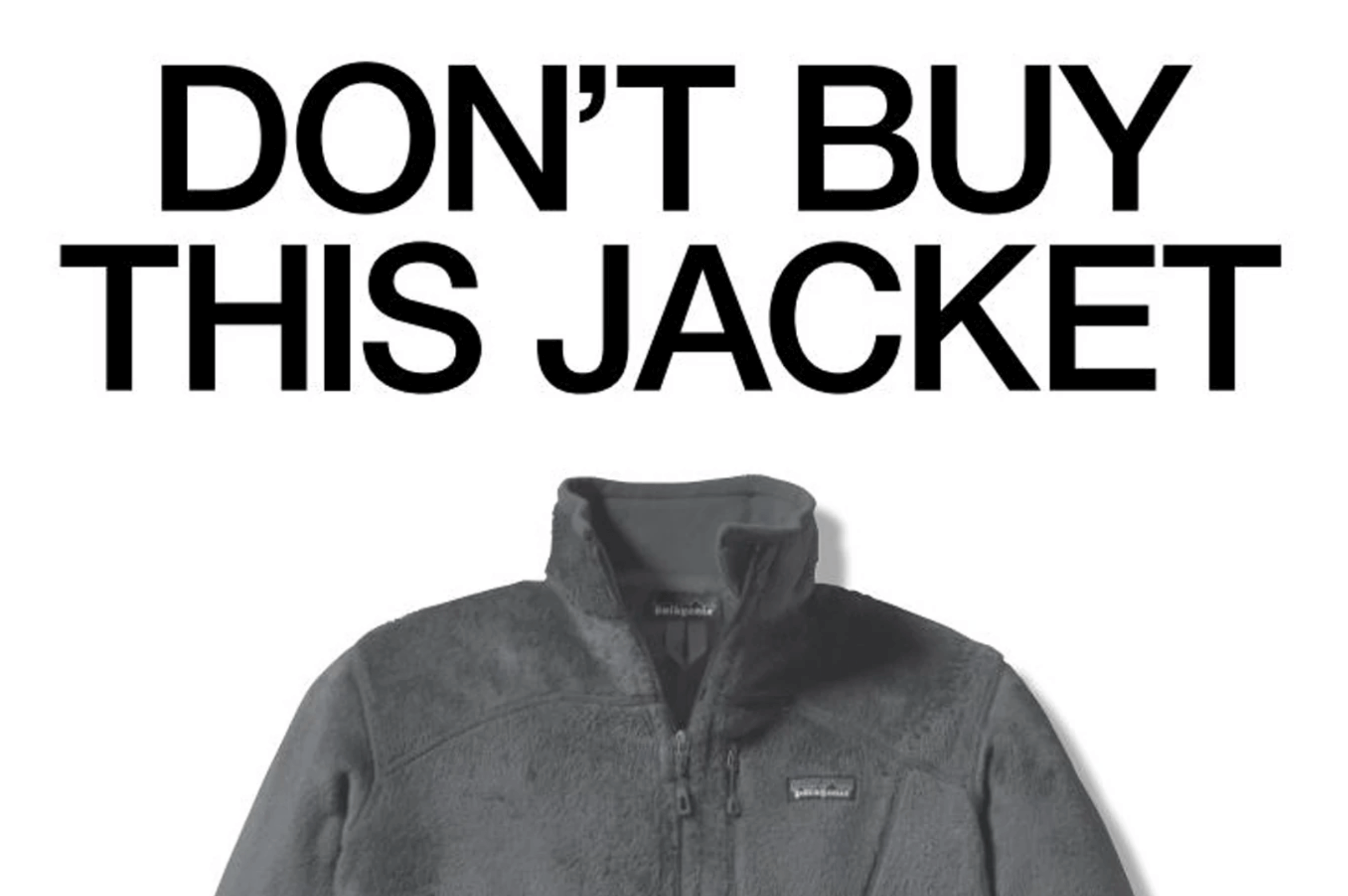
Image source: Patagonia
The “Don’t Buy This Jacket” ad basically told consumers to consume less and not buy one of the company’s new jackets.
Instead, the company proposed that consumers should invest in purchasing a used Patagonia garment.
According to CRM.org, that year Patagonia saw a 30% increase in sales.
If you’re wondering how this happened, we’re certain that it was through understanding their demographics and investing in creating a campaign that resonated with their audience.
In other words, Patagonia listened to their customers with whom they had previously created a strong relationship and then, based on that, followed a path that their customers would also be happy to take.
It worked!
Example #2: Domino’s
Domino’s Pizza is yet another example of a company that drives customer loyalty by finding creative ways to connect its messaging with its customers.
More specifically, the company did some truly innovative content marketing and digital marketing moves to come closer to its target audience and re-establish itself as a company that’s not just cheap but is, in fact, one of the best pizza companies out there.
Domino’s showed true commitment in terms of taking some real action that would enhance the customer journey and make it engaging and interactive.
To be more precise, Domino’s Pizza was the first to launch an online order tracker as well as a voice ordering app.
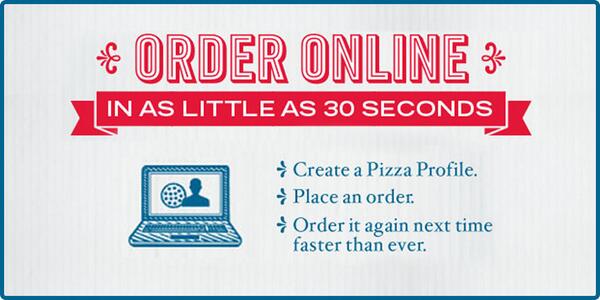
Image Source: Domino’s
These two moves might seem like a fairly common thing now, but back in 2007-2008, when Domino’s Pizza established them, they were quite revolutionary in terms of creating a new, direct channel of communication and interaction with customers.
Moreover, the company showed their willingness to take customer feedback seriously and improve themselves in a transparent and creative way; a move that was generally much appreciated by its audience.
The new Domino’s recipe back in 2009 brought a 32.2% increase in sales which proves that the company did some serious work in terms of listening to their customer’s opinions about their food and improving.
Example #3: Apple
Our third example is the technology company Apple, which is efficiently using relationship marketing to build a loyal following and long-term customer relationships through creating a strong customer experience.
As a result, users tend to feel comfortable and familiar with Apple products and are generally willing to do repeat purchases of the company’s products.
You might have a friend or two who are huge Apple fans and have always bought Apple products – I’m one of them!
Apple fanboys are generally those people that wouldn’t change their MacBook or iPhone with any Android device for the world.
How has Apple managed to achieve such levels of brand loyalty?
Well, a part of its success definitely needs to be attributed to relationship marketing.
Starting with the biggest Apple fan of all time, Steve Jobs, who convinced millions of people that the iPhone was the best smartphone you can use when he introduced it to the market back in 2007, the company proved how much they care about creating long-term relationships with their customers in different ways.
One great example can be found in the way Apple Stores work.
These places are stores that, unlike many others, allow visitors to truly enjoy the Apple experience and be themselves.
The Apple Store Challenge in which Mark Malkoff set out to see what crazy things he can get away with at an Apple Store is a hilarious, fantastic illustration of the liberty and comfort one can experience in an Apple store.
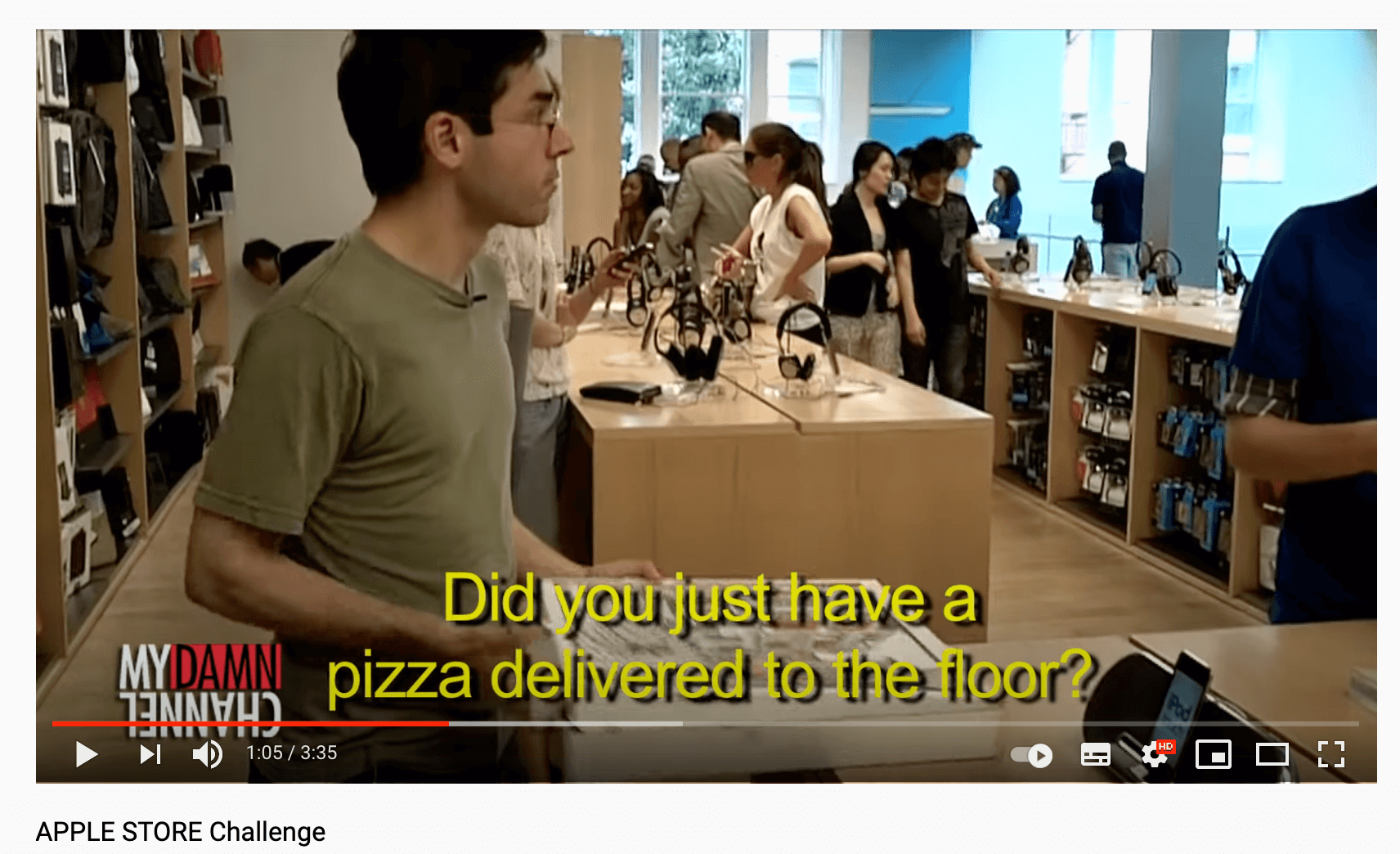
Image Source: YouTube
Apple also builds customer loyalty and boosts relationship building with user profiles that allow the company to better understand their audience and provide them with the best experience.
Find the last example of a company using relationship marketing below.
Example #4: ASOS
We’re rounding up our list of four inspiring relationship marketing examples with e-commerce company ASOS.
First things first, what the company has managed to do is to build a strong community that interacts with the brand on a daily basis on social media.
The six most recent Instagram posts on the ASOS profile are user-generated:
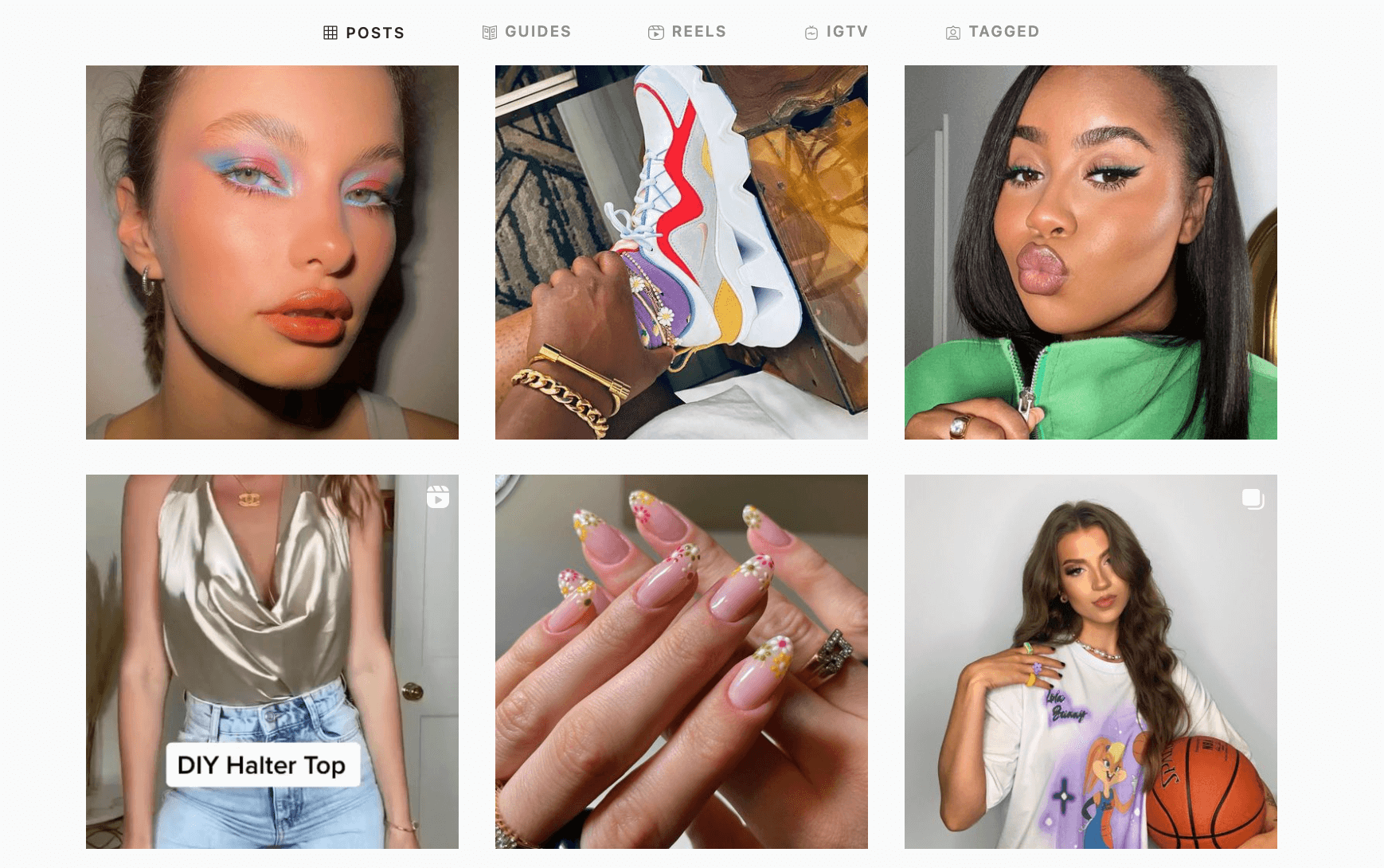
Image Source: Instagram
How did ASOS get there?
Through an enhanced system of community building for their clients that boost brand loyalty and gives the company the opportunity to have a very strong customer base that’s willing to refer the brand to their friends, create content for them, and naturally keep buying their products.
ASOS builds a community for their clients both through the website and their social media channels by creating engaging and interactive content that resonates with their audience.
What’s more, they have a very strong referral program in place, the ASOS Refer a Friend program, which gives all users a unique referral link they can share with their friends and family and win a referral reward.
Overall, the company’s social-powered loyalty scheme leads to a strong and successful brand advocacy program with ASOS customers remaining engaged.
If you’re looking for a way to improve customer loyalty and reduce customer churn through relationship marketing, keep reading this post.
A Simple Way to Improve Customer Loyalty and Reduce Customer Churn
You now know how other companies are using relationship marketing to improve customer loyalty, so if you want to enjoy the benefits of it, we suggest that you start working on your relation marketing moves as soon as you can.
A great place to start is our From Visitor to Ambassador book.
It’s a useful and concise read for anyone looking for a solid start to explore the power of relationship marketing.
The book gives you access to a step-by-step approach for how you can start a referral marketing campaign – even if you’ve never done it before – and make it successful.
Get your free copy below.
Let’s wrap this post up and close with some final thoughts.
Before you go
There you have it!
You now know what relationship marketing is, how it works, and why it’s important for so many companies around the world.
In this post, we discussed three different types of relationship marketing and also looked at inspiring examples of well-known companies making the best use of relationship marketing.
If you’re ready to start making the most of relationship marketing, begin by reading our From Visitor to Ambassador ebook, and then don’t hesitate to request a demo with us to put what you’ve learned into practice.
Thank you for reading!
